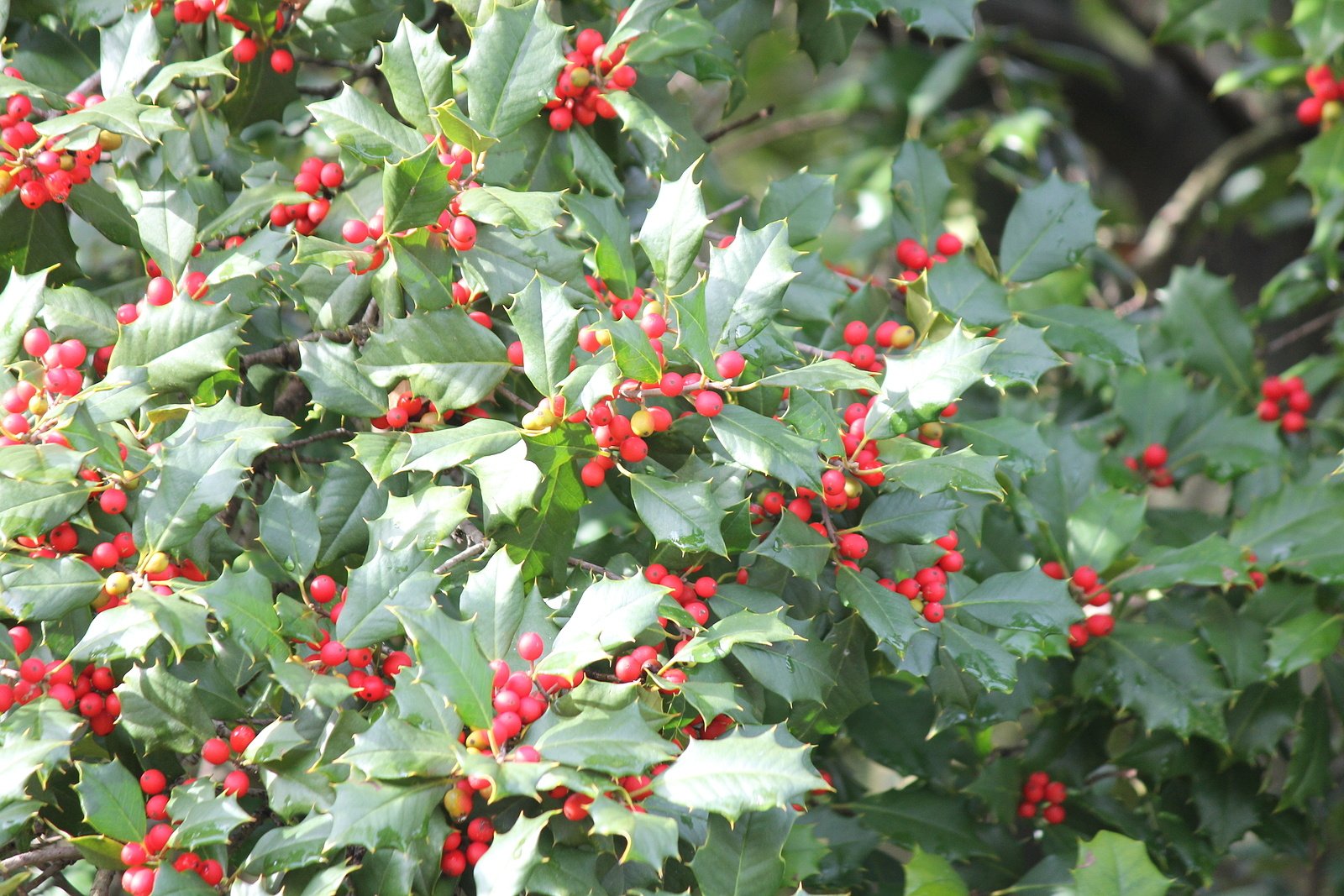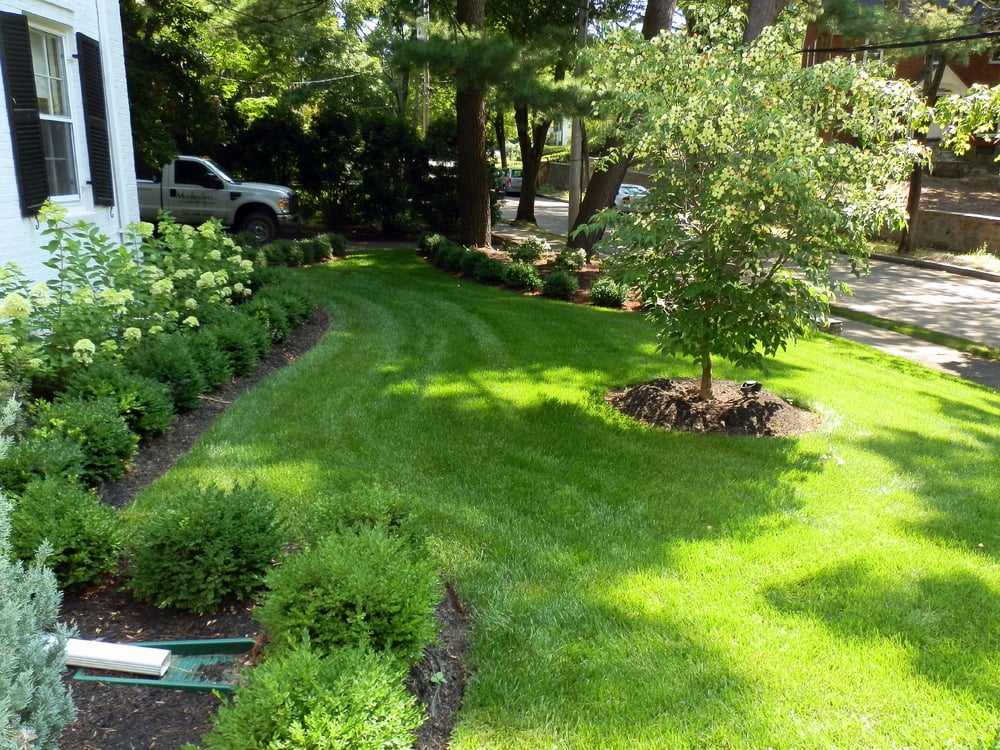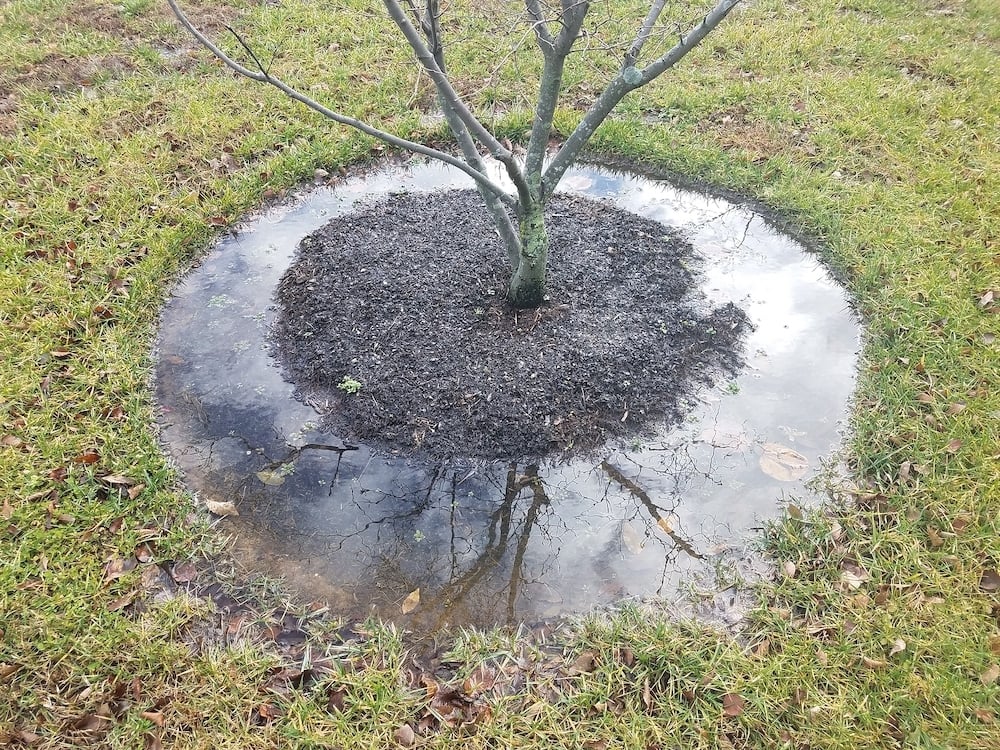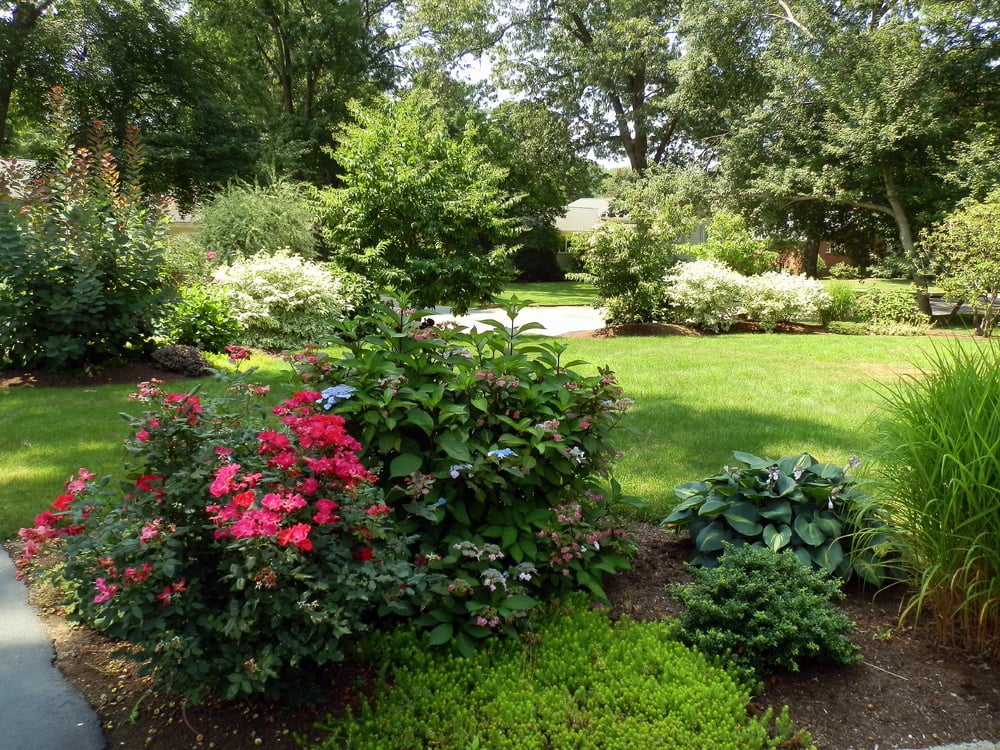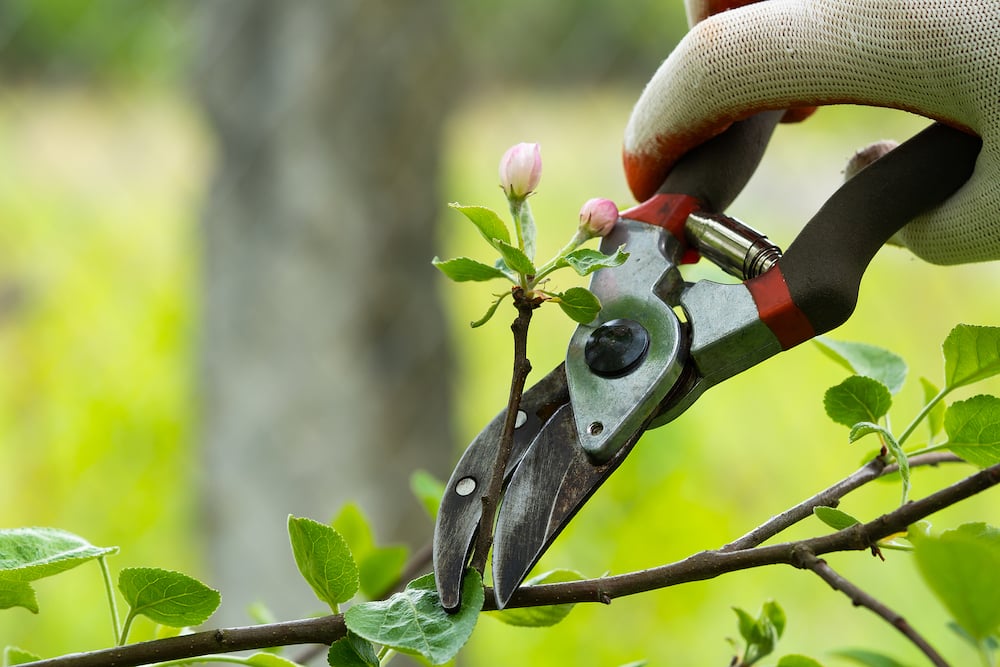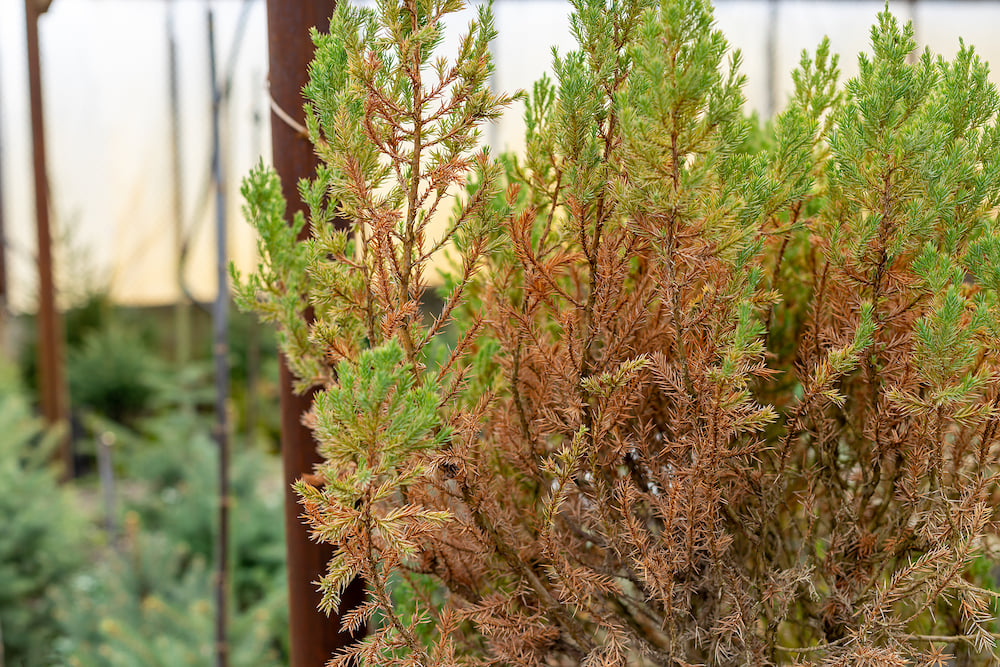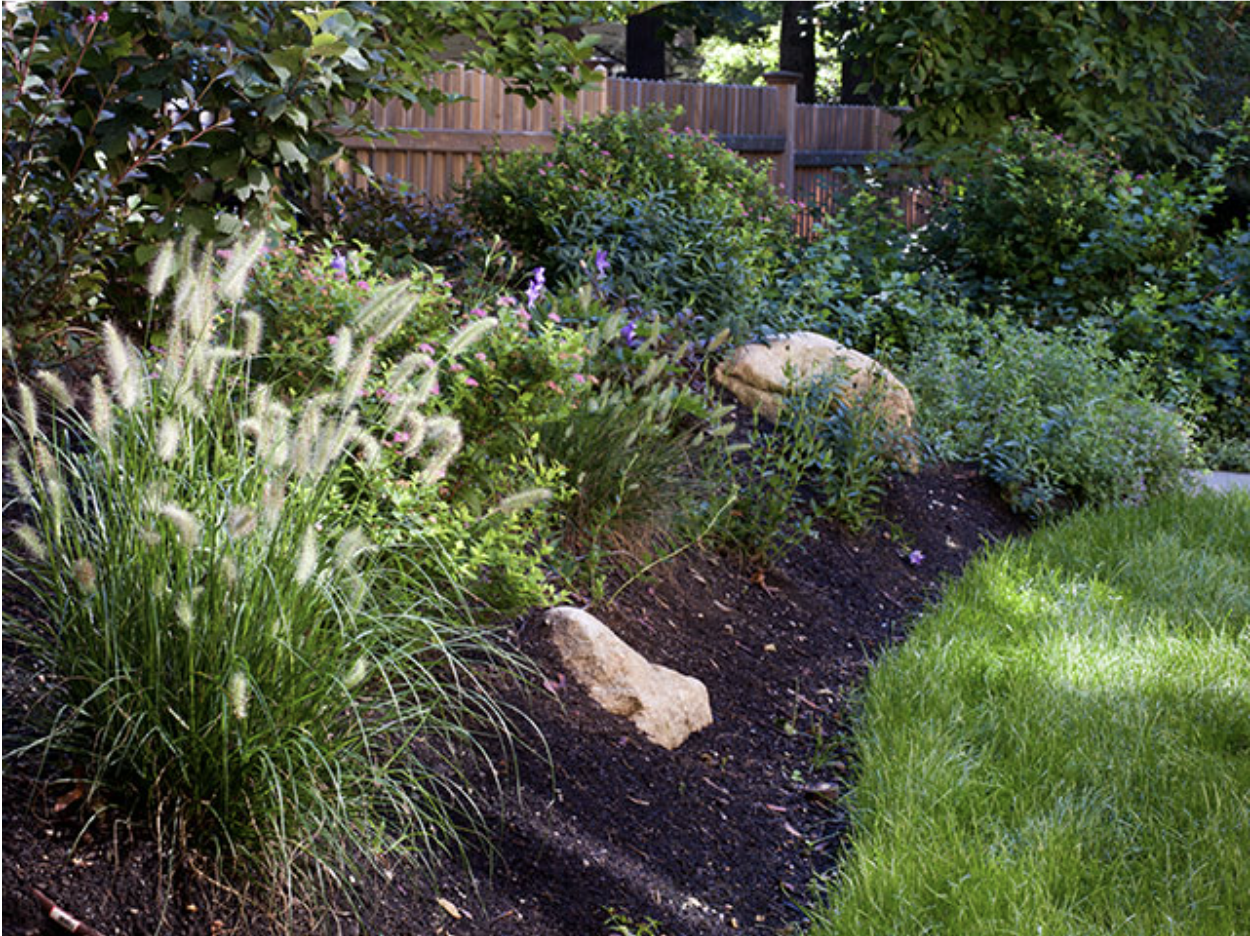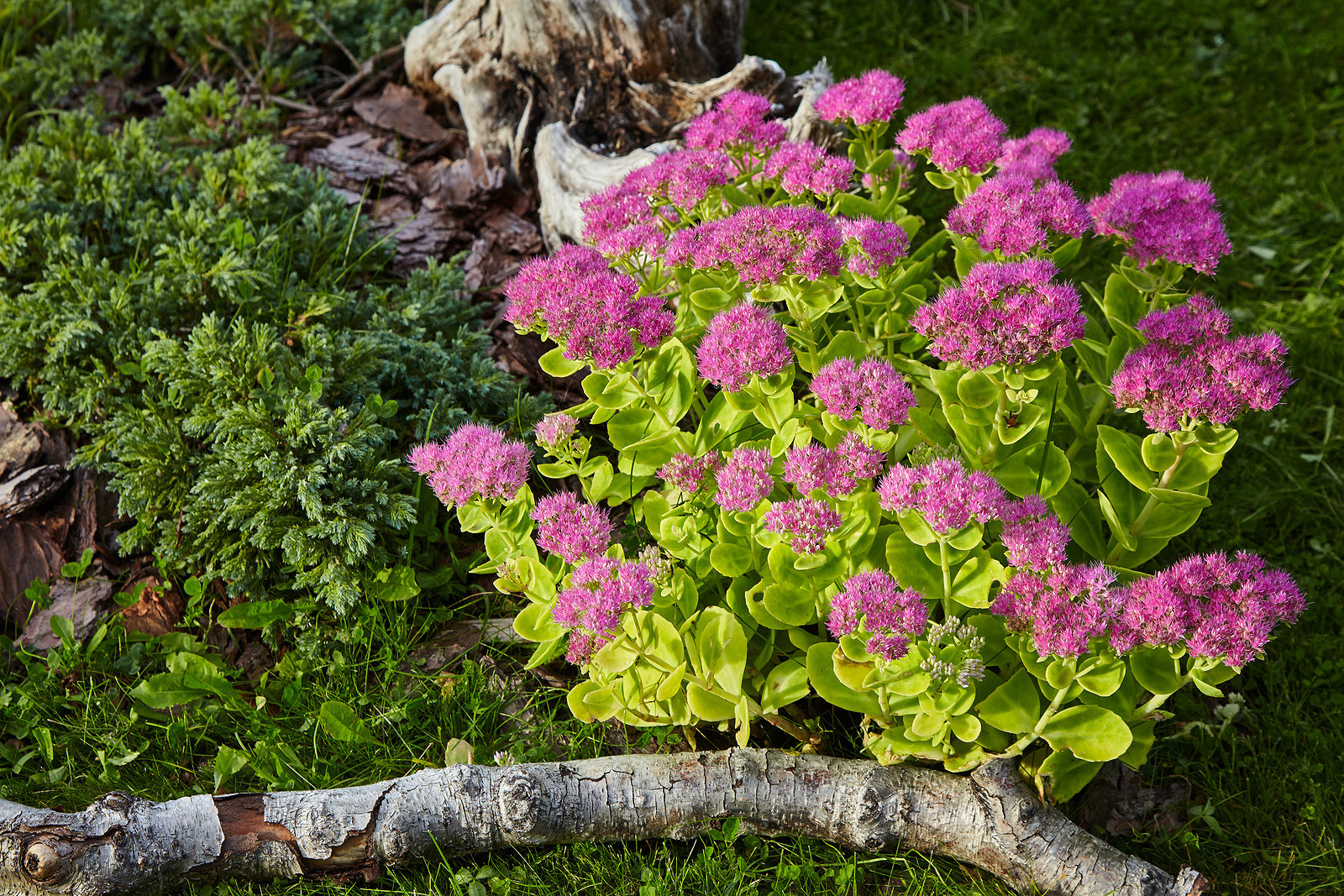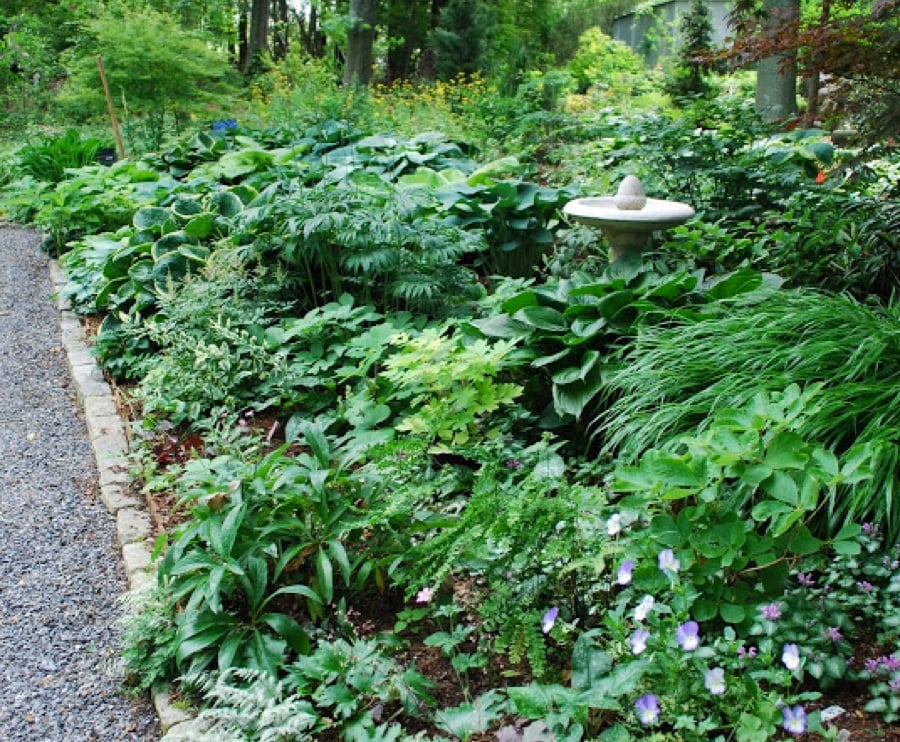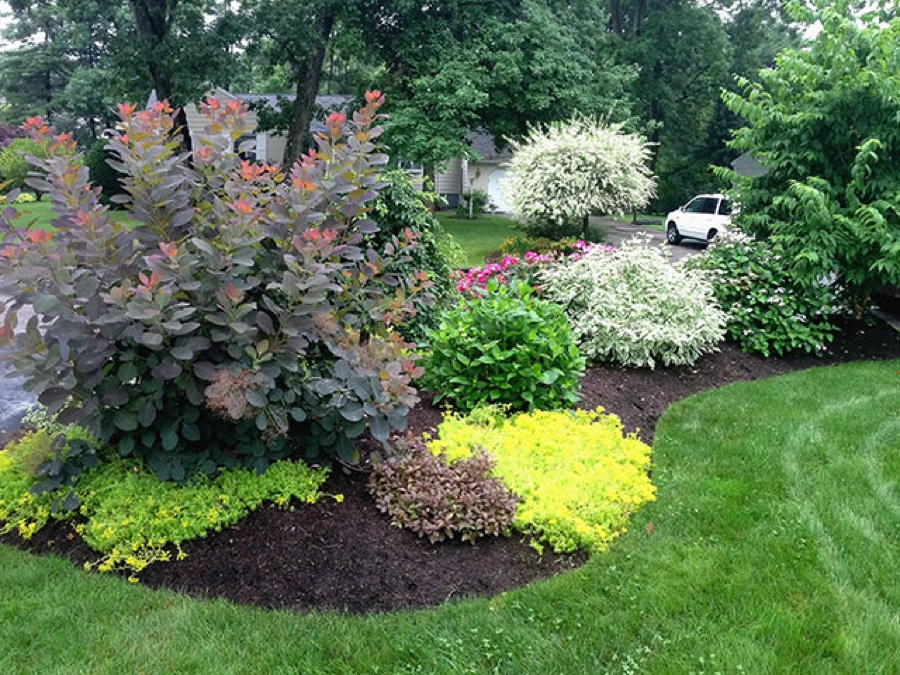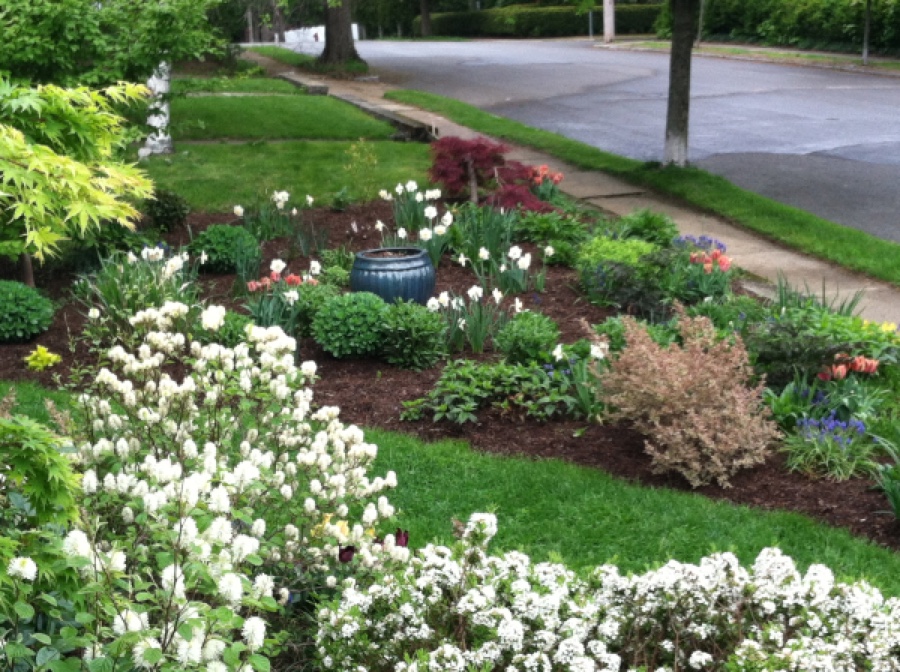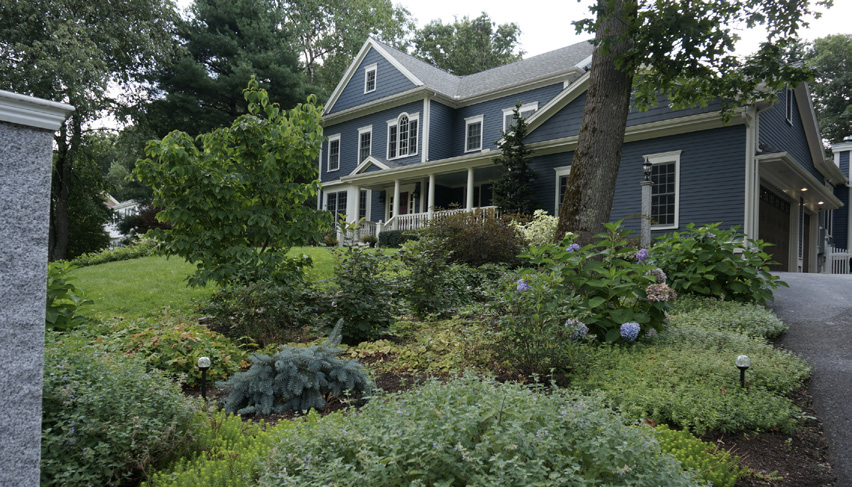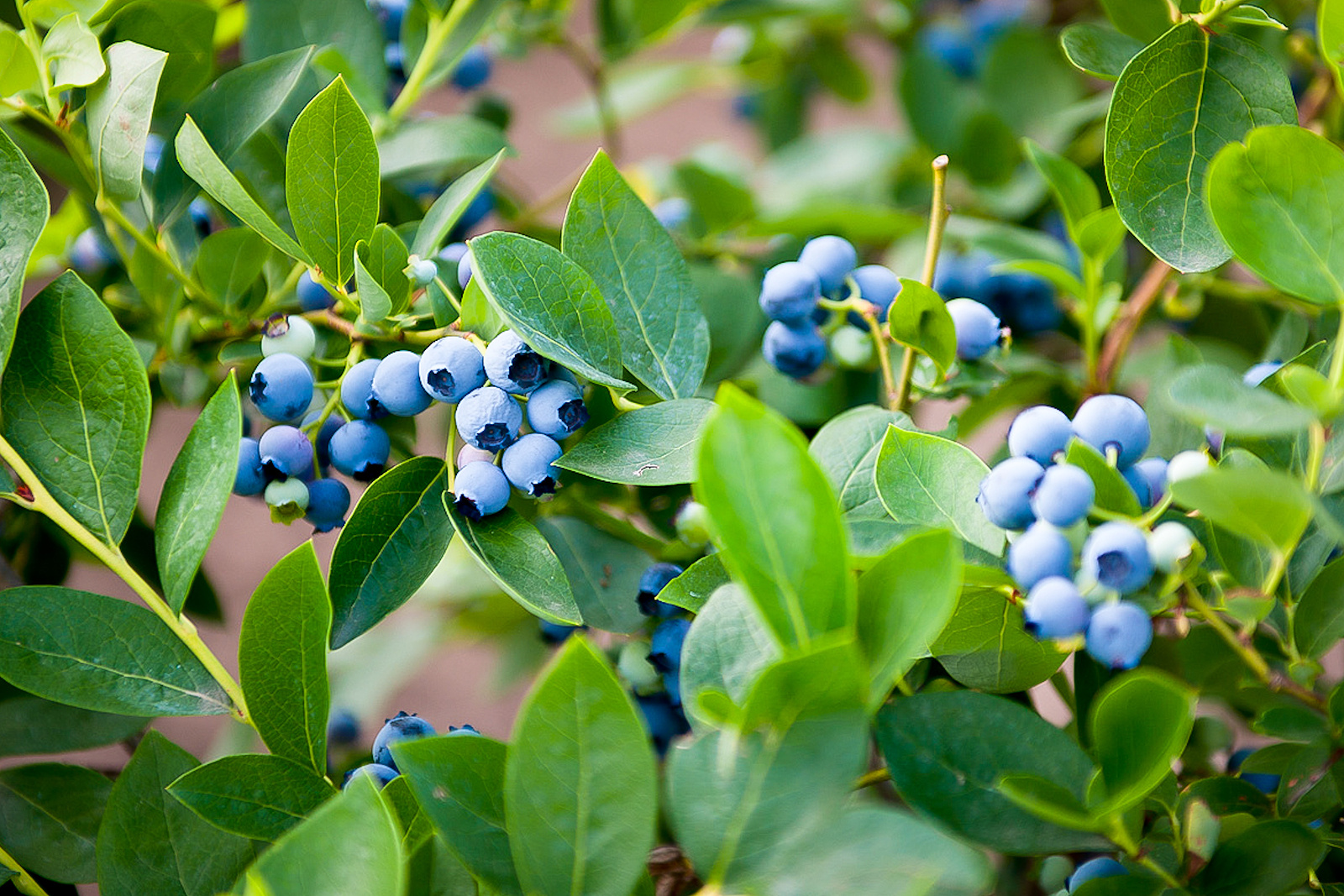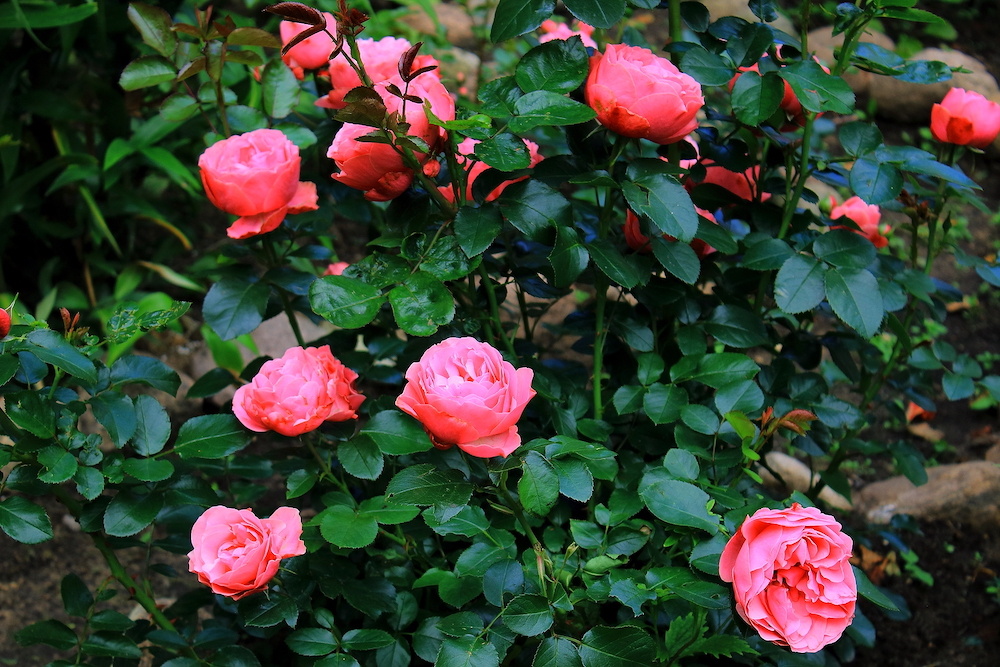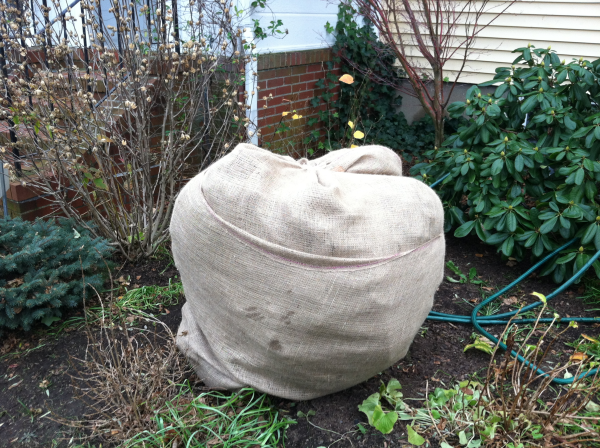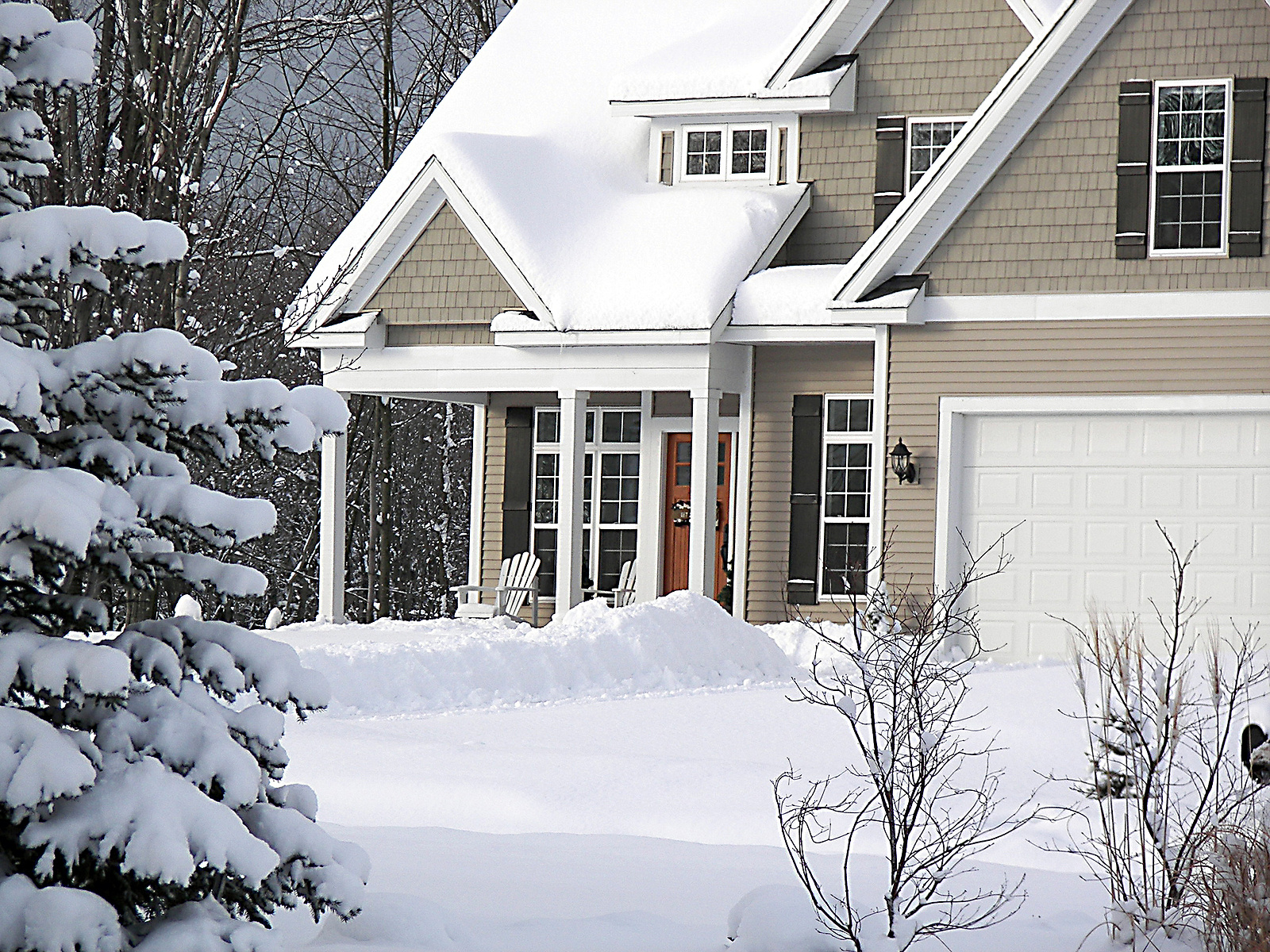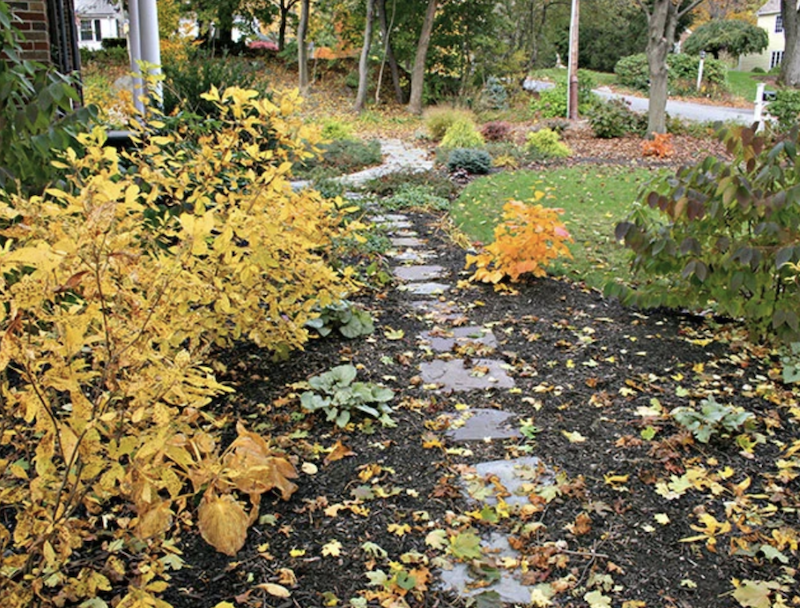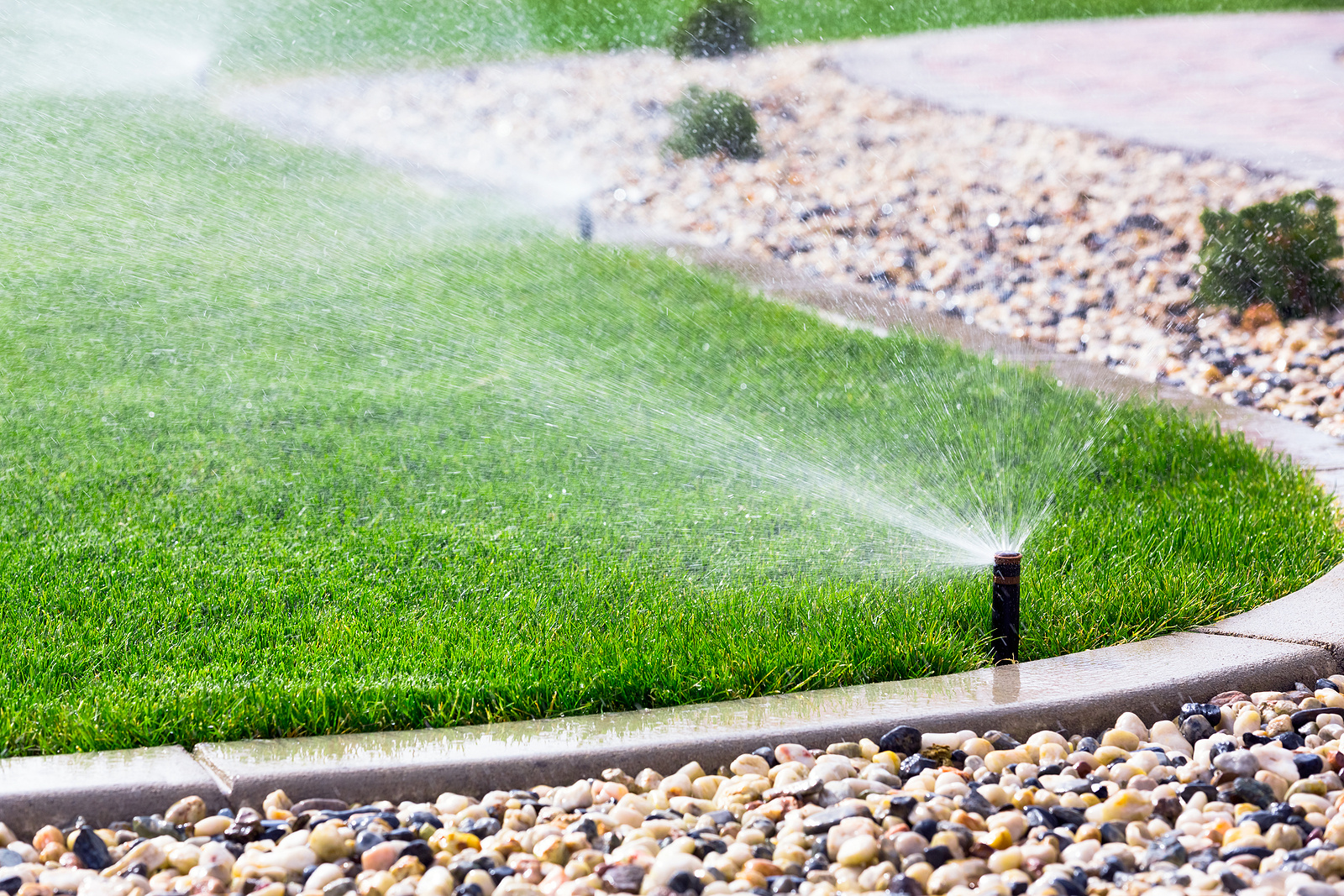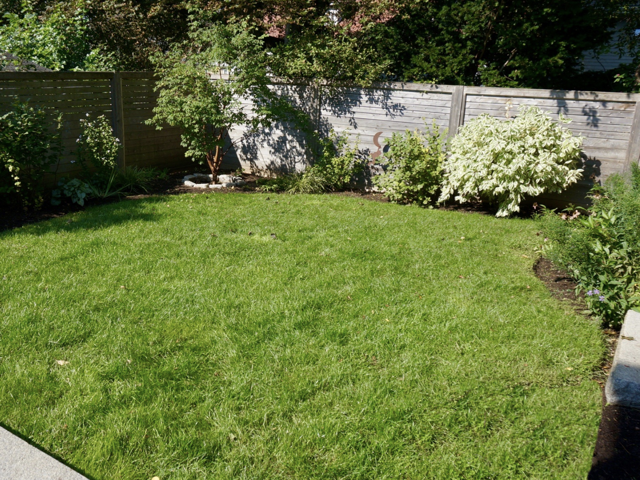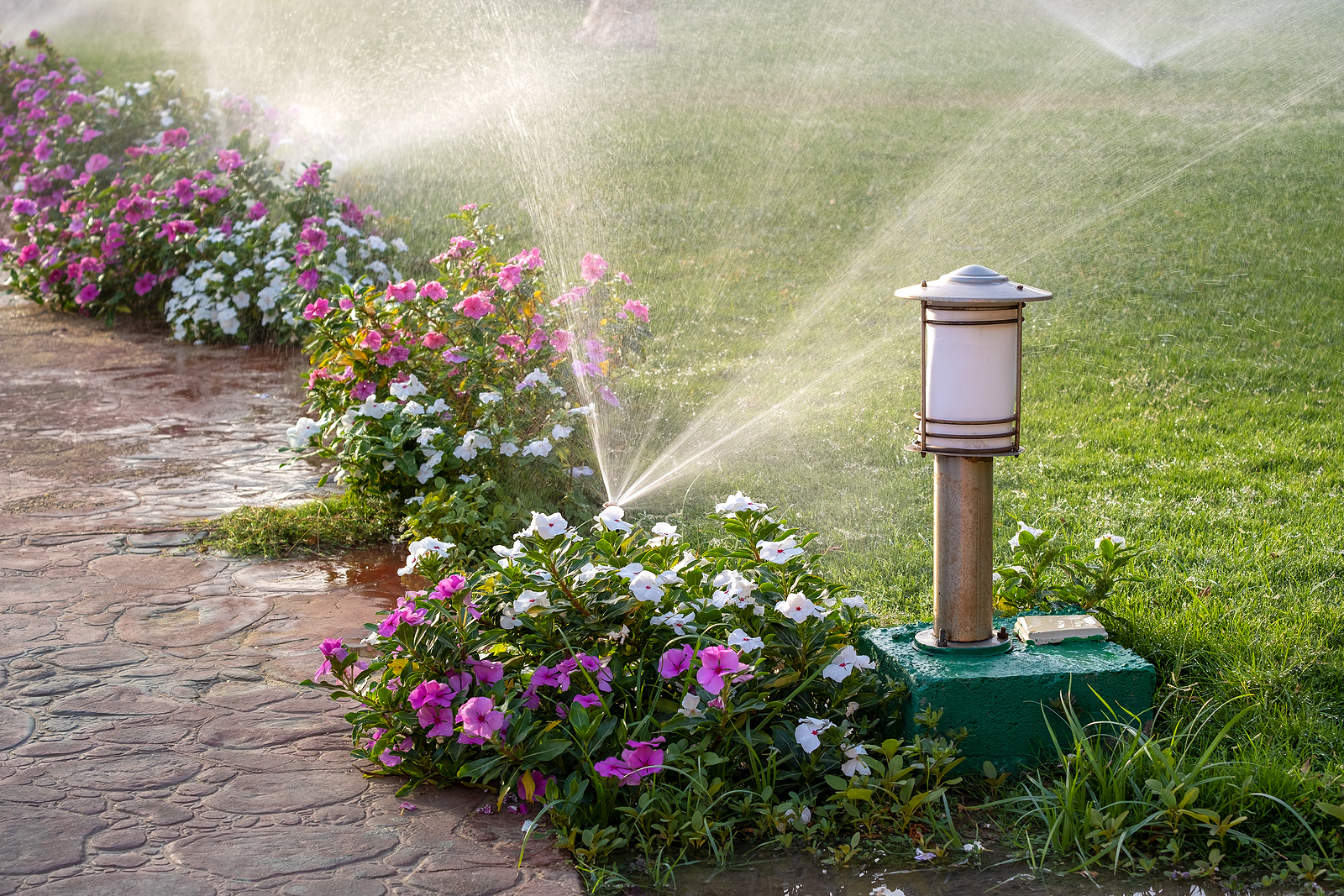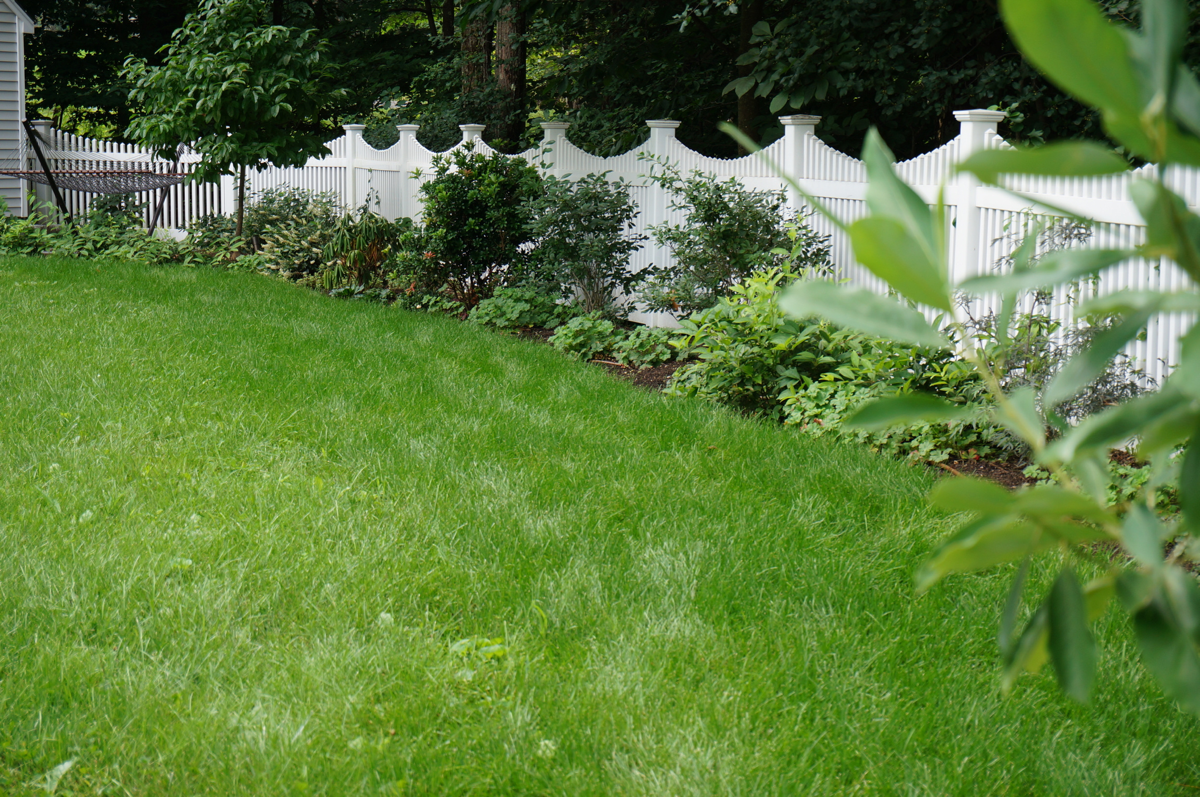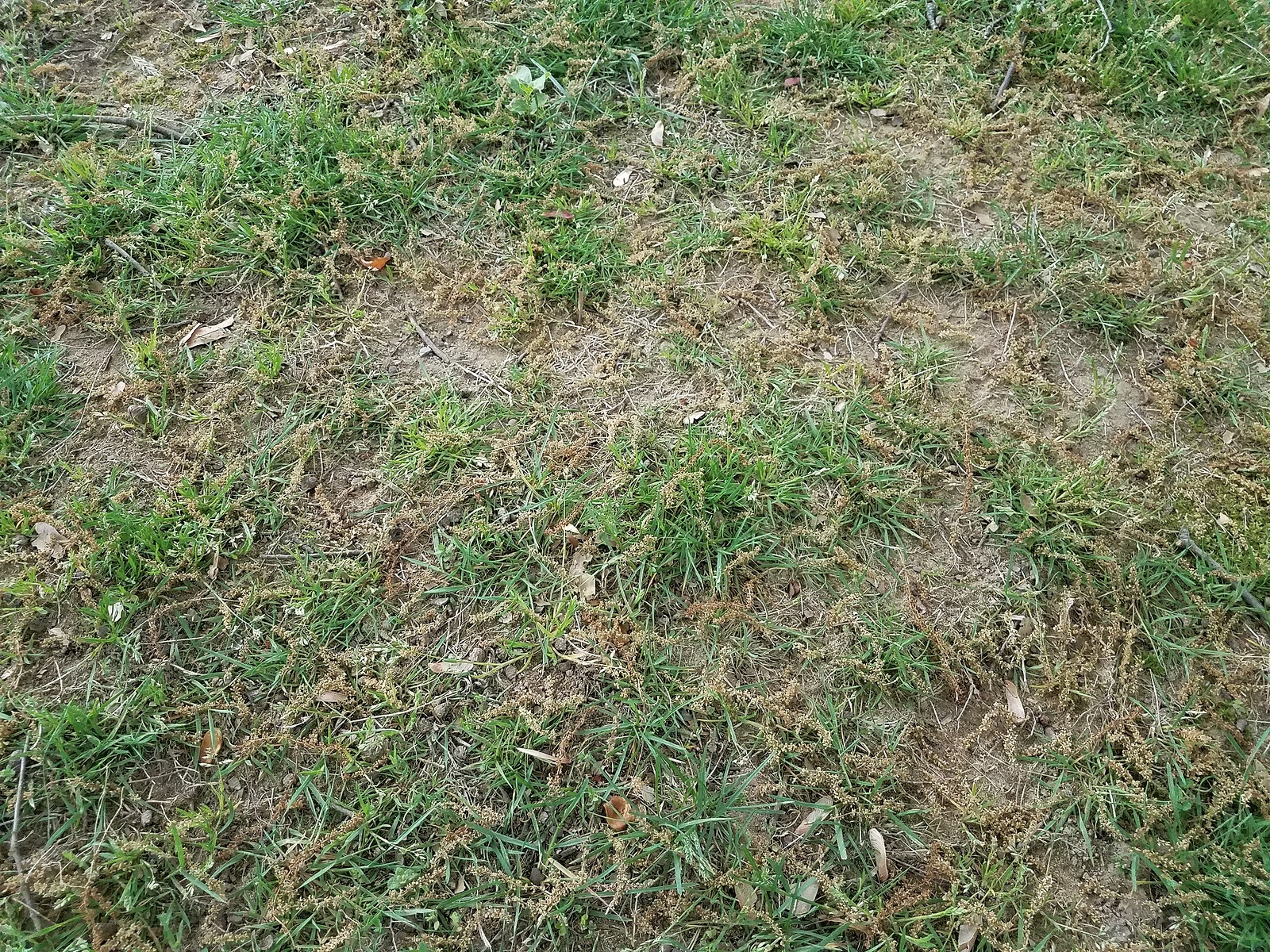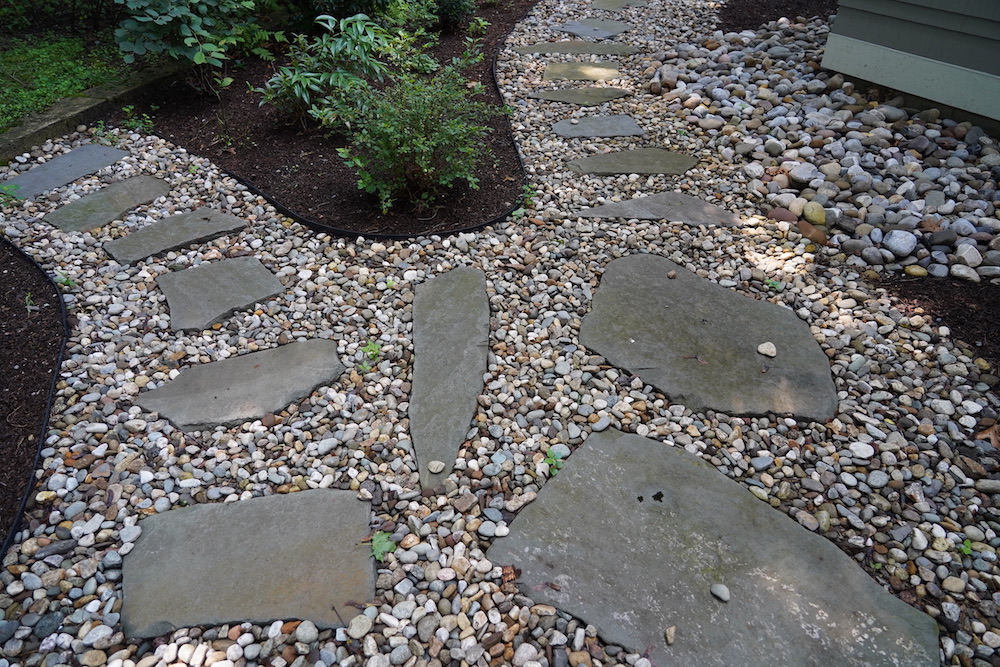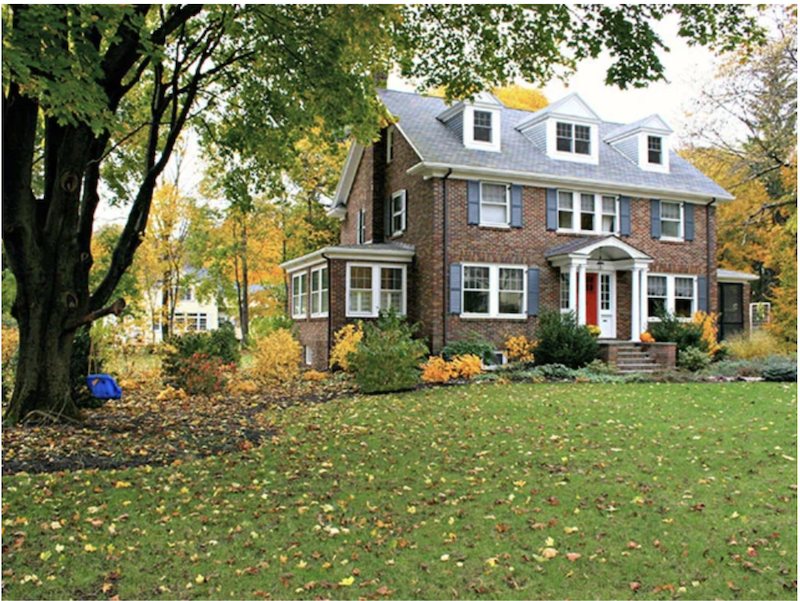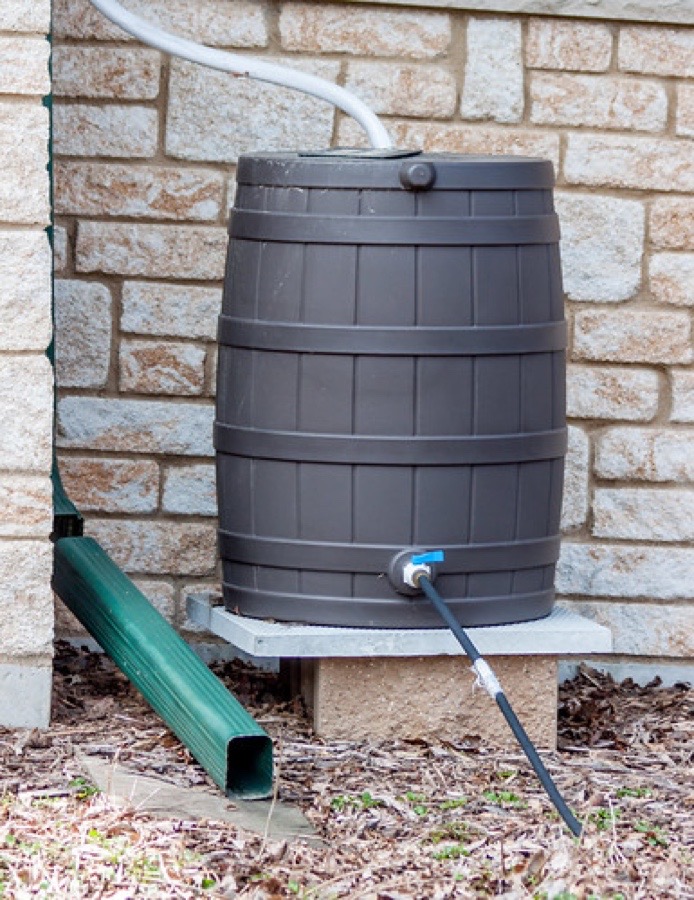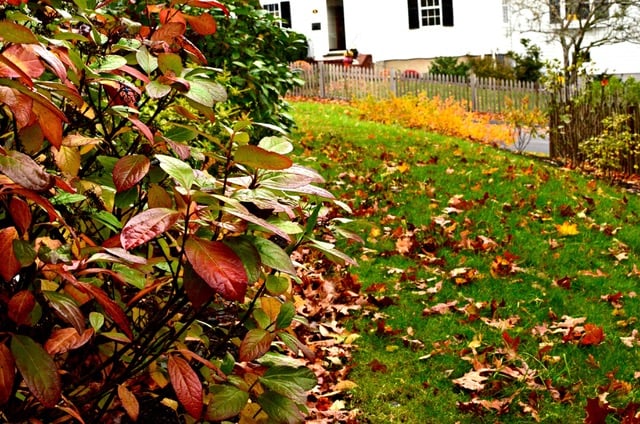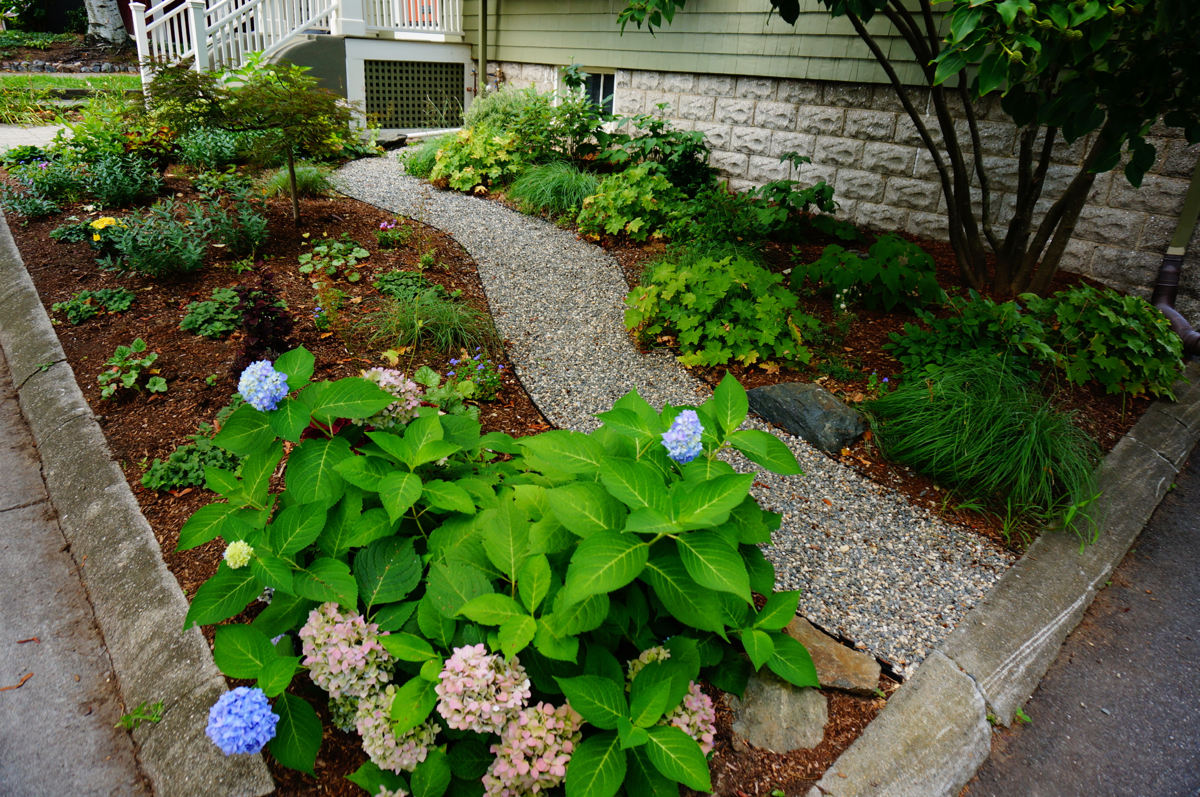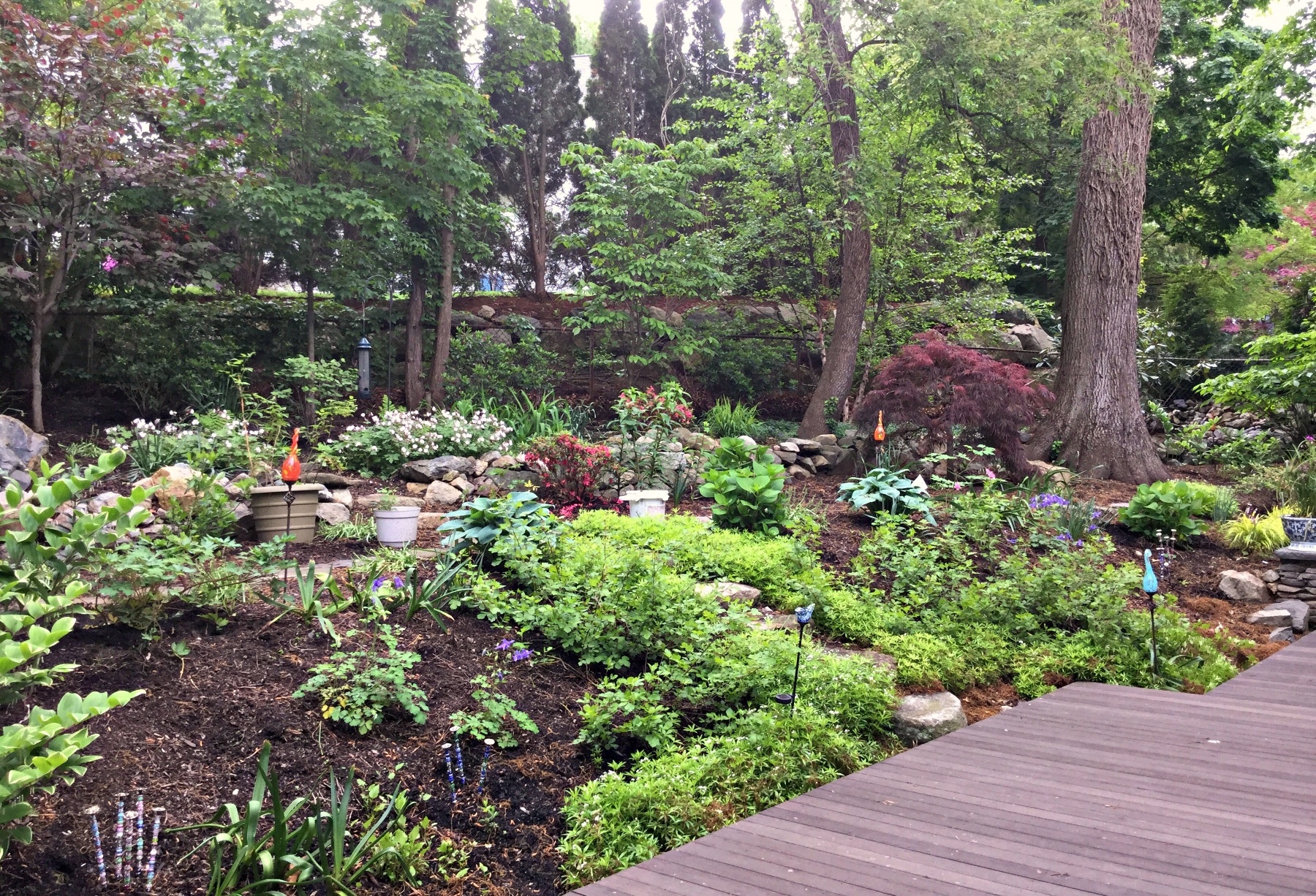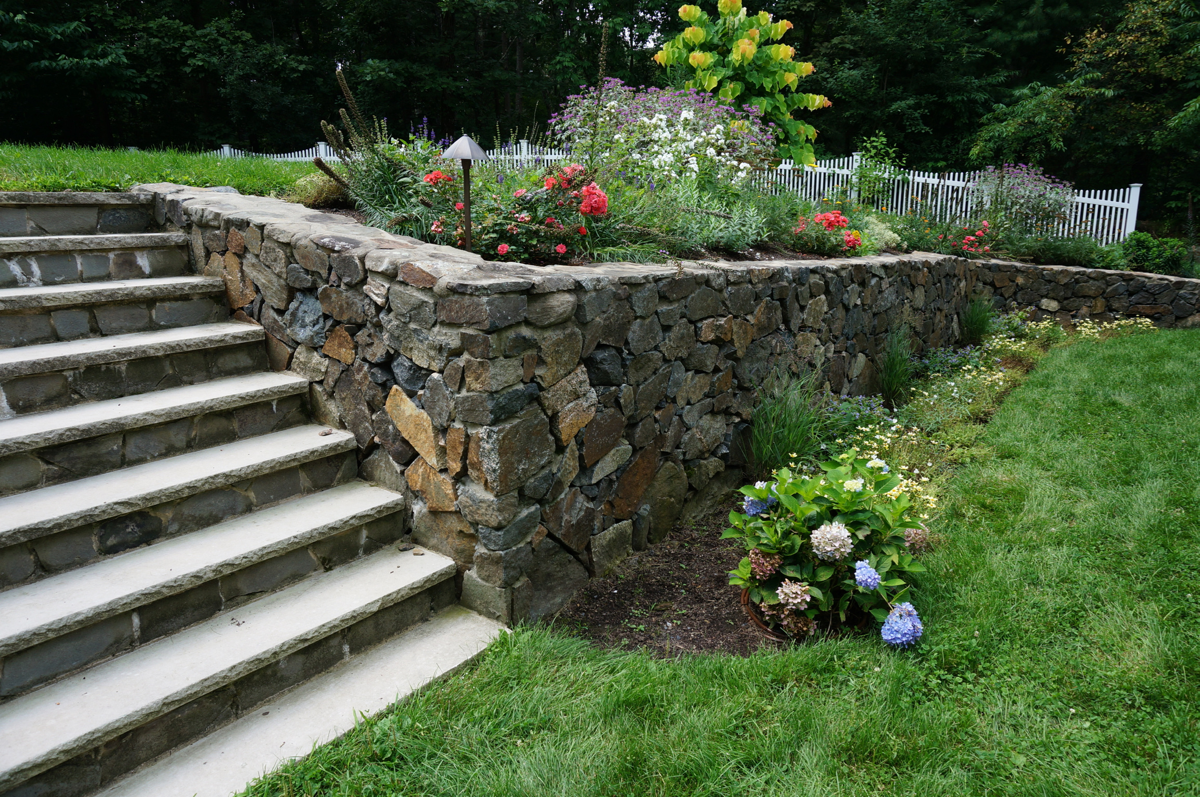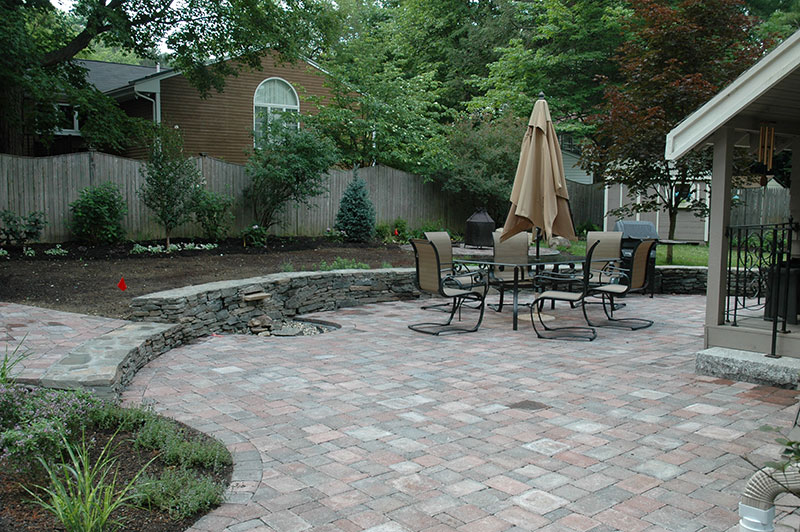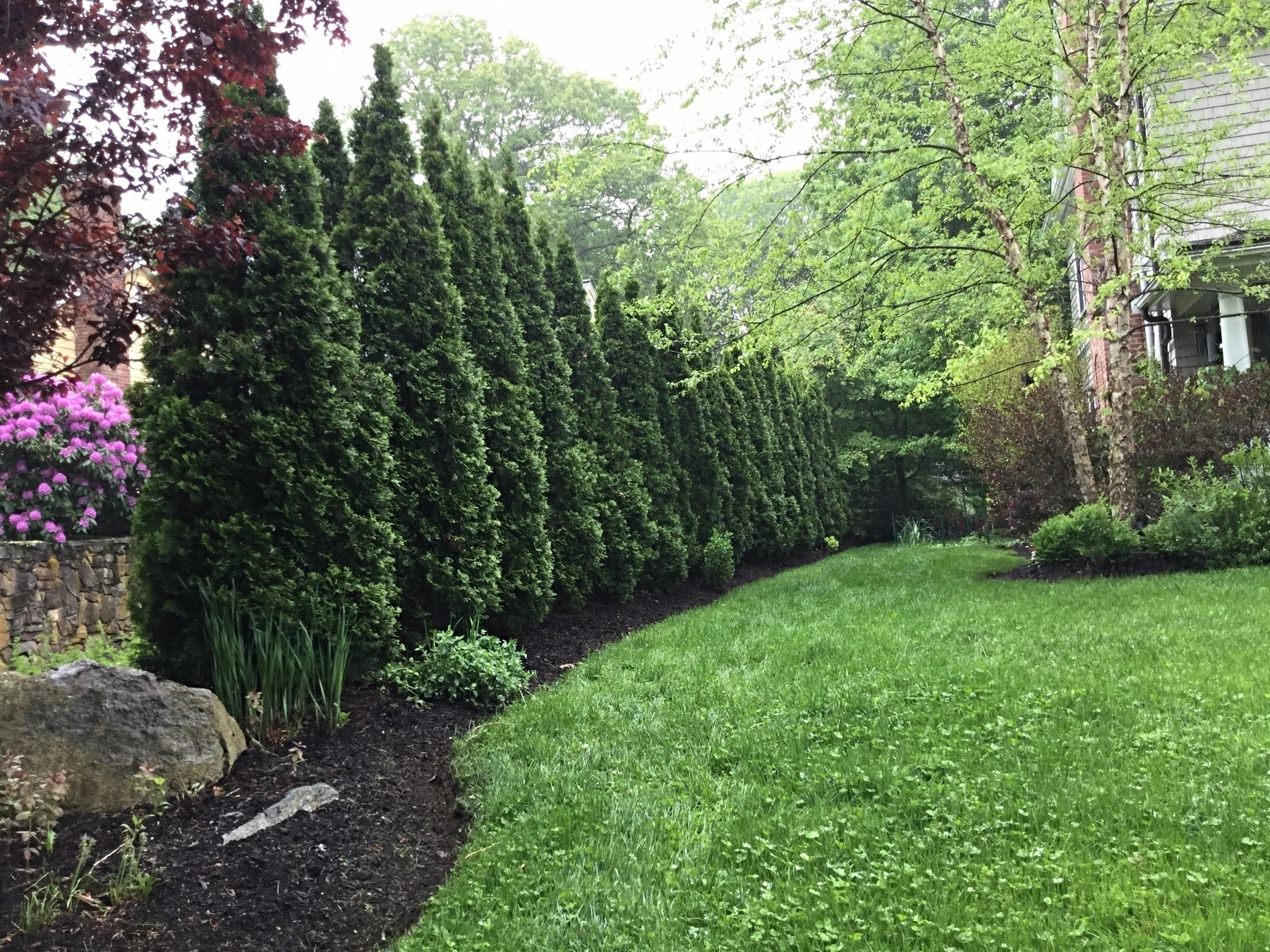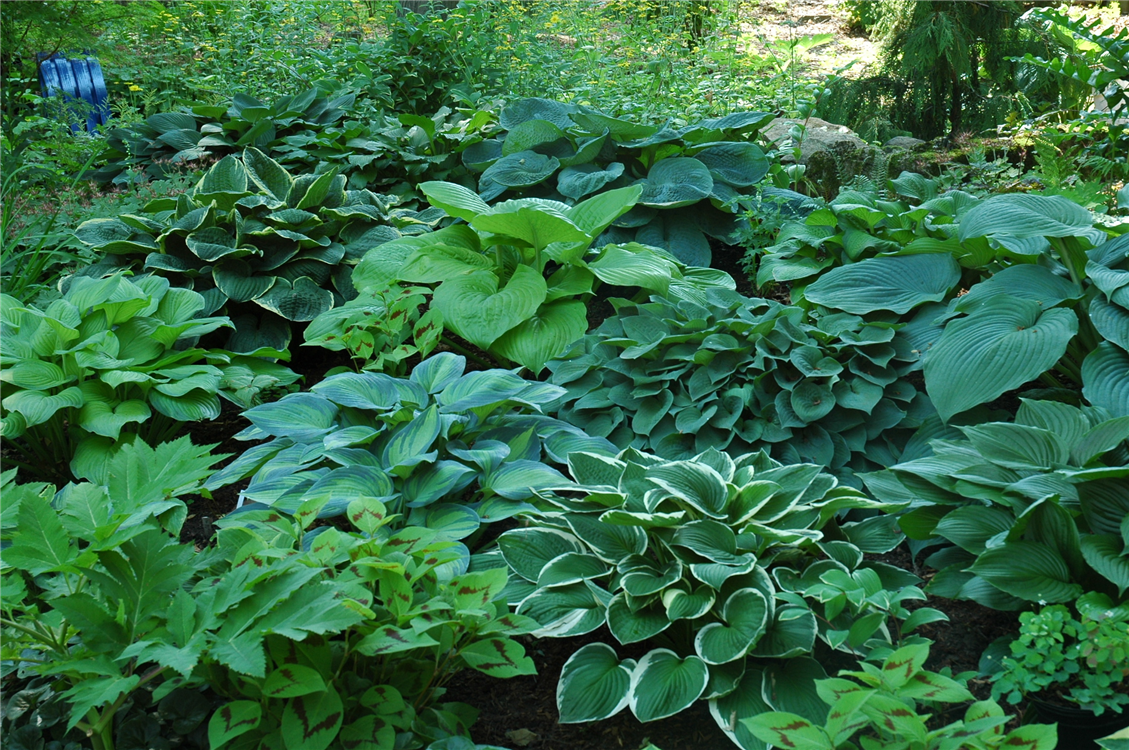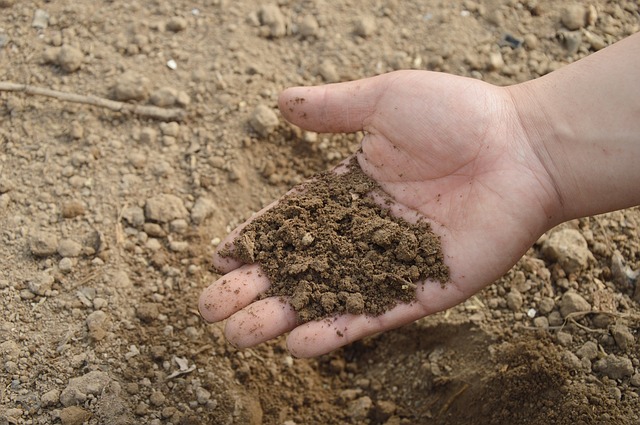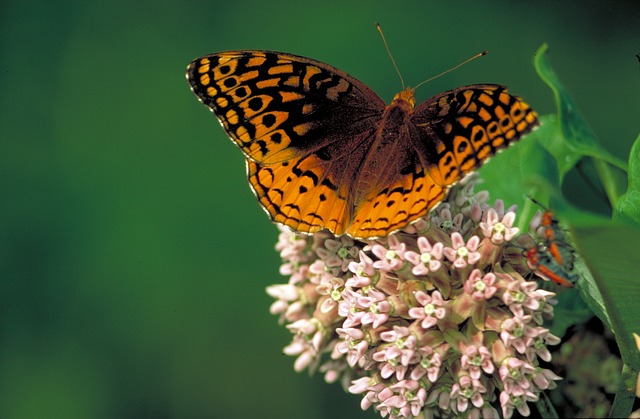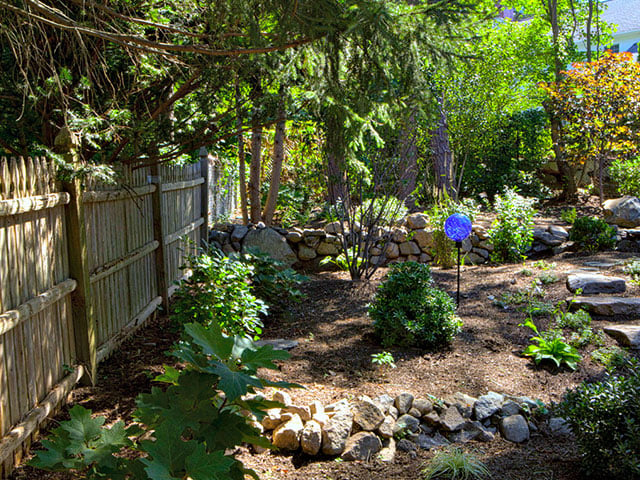You want your yard to reflect the natural beauty of Massachusetts — tall red maples, graceful dogwoods, evergreen hollies — but when it comes time to prune, you hesitate.
What stays? What goes? When exactly is the best time of the year to cut back?
The truth is, pruning trees and overgrown shrubs isn’t one-size-fits-all. Each plant has its own rhythm and structure, and the wrong pruning technique — especially at the wrong time — can affect everything from blooms to long-term plant health. This guide walks through when and how to prune some of the most common native species so your landscape stays healthy, shapely and thriving for seasons to come.
Pruning Tips for Native Massachusetts Trees
Eastern White Pine
Best time to prune: Late spring to early summer, when the new growth (known as “candles”) begins to stretch out.
How to prune: Pinch or trim back new growth by about half to manage shape. Avoid cutting into older wood — white pines don’t easily bounce back from harsh pruning.
Tip: These trees have a loose, airy structure that’s best preserved with a light touch when pruning branches. Overdoing it may lead to bare spots that never recover.
Red Maple
Best time to prune: Late winter through early spring, during the dormant season.
How to prune: Use thinning cuts to remove crossing branches, water sprouts and dead wood. Avoid creating stubs — always prune just outside the branch collar, the spot where a tree trunk and branch meet.
Special tip: Red maples are fast-growing, but improper cuts can stress the tree or invite disease. Prune carefully, especially on large branches.
Flowering Dogwood 
Best time to prune: Late spring, just after flowering, to protect next year’s flower buds.
How to prune: Lightly shape the natural form by removing suckers, crossing branches and any old wood or dead branches.
Special tip: Because dogwoods can be prone to pests and fungal issues, sharp pruning tools and clean cuts are especially important.
Eastern Red Cedar
Best time to prune: Late winter to early spring, before new growth begins.
How to prune: Remove only small amounts from side branches — never make pruning cuts into areas without greenery, as conifers like this don’t regenerate from bare wood.
Special tip: These trees do best when their natural shape is preserved. Precision matters, especially when pruning for both health and structure.
Pruning Tips for Native Massachusetts Shrubs
American Holly

Best time to prune: Late winter or early spring, before new growth appears.
How to prune: Use pruning shears to thin out crowded growth and maintain shape. Remove any suckers at the ground level.
Special tip: Hollies respond well to gentle shaping, but they can take on a rigid look if over-pruned. A subtle approach to pruning shrubs like these keeps their form soft and natural.
Arrowwood Viburnum

Best time to prune: Late spring, just after flowering.
How to prune: Focus on removing old wood and suckers, and thinning out dense centers to improve airflow and light.
Special tip: Arrowwood can get a bit wild over time. Strategic cuts of a spring-flowering shrub like viburnum help restore structure while encouraging new growth and flowering.
Eastern Arborvitae

Best time to prune: Early spring before new growth, or late summer for shaping.
How to prune: Trim lightly with shears, being careful to stay in green zones — never prune into bare wood.
Special tip: Arborvitae are forgiving — until they’re not. It's surprisingly easy to take too much. When in doubt, take less.
Mountain Laurel

Best time to prune: Late spring to early summer, right after blooming.
How to prune: Prune dead branches, faded flower clusters, and make thinning cuts to open up the plant and encourage bushier new growth.
Special tip: Mountain laurel is slow to recover from heavy cuts. Shaping it over multiple seasons can help maintain both health and appearance.
Caring for native trees and shrubs isn’t just about staying tidy — it’s about supporting the long-term health and beauty of your landscape. With a little knowledge and the right timing in the growing season, you can encourage strong structure, healthy blooms and lush greenery year after year.
And while many of these techniques can be learned, there’s also a lot of value in working with someone who’s pruned these specific plants in every season. Whether you're doing a little shaping or a full rejuvenation pruning, a careful, thoughtful approach always pays off.
To learn more about landscape maintenance for your home, download our free ebook, How to Maintain Your Landscape and Transform It Into a Beauty You'll Love. If you're ready to get started on your new landscape project, or simply want to learn more about the process, you can contact our team here. We'd love to talk to you!


